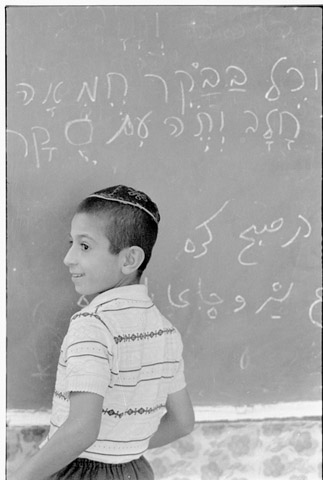Ajam Media Collective:

Shortly after the establishment of Israel in 1948, a new love story began in the Middle East. In 1950, Iran granted Israel de facto recognition and opened an embassy in West Jerusalem. At that time Iran was (and still is) a homeland to the largest Jewish community in the Middle East, and a safe haven for many Iraqi Jews who had fled persecution in Iraq throughout the 1940s.
Unlike the majority of Jewish communities in the Arab countries, many Iranian Jews decided to stay in Iran after the establishment of Israel. While most other Jewish communities in the Muslim world vanished between 1948-1956 and migrated en masse to Israel, the vast majority of Iranian Jews stayed in their homeland and conducted a complex relationship with the Zionist movement and Israel.
To understand the unique place Israel occupied in the Iranian worldview, one should consider Iranians who wrote about Israel. Jalal Al-e Ahmad, a foremost Iranian thinker, may best convey the transformation of Israel’s representations in the Iranian public sphere. Al-e Ahmad, a one-time member of the Tudeh leadership, gained leftist-internationalist credentials with the publication of Gharbzadegi (1962), in which he criticized the tendency of broad segments of Iranian society to blindly mimic the West. Gharbzadegi (“Westoxification”) lamented the inevitable loss of Iranian culture and identity to Western models and paradigms. His publication influenced a later generation of Iranian revolutionaries such as Ali Shariati and the current supreme leader, Sayyed Ali Khamenei.
Go to link









Comments